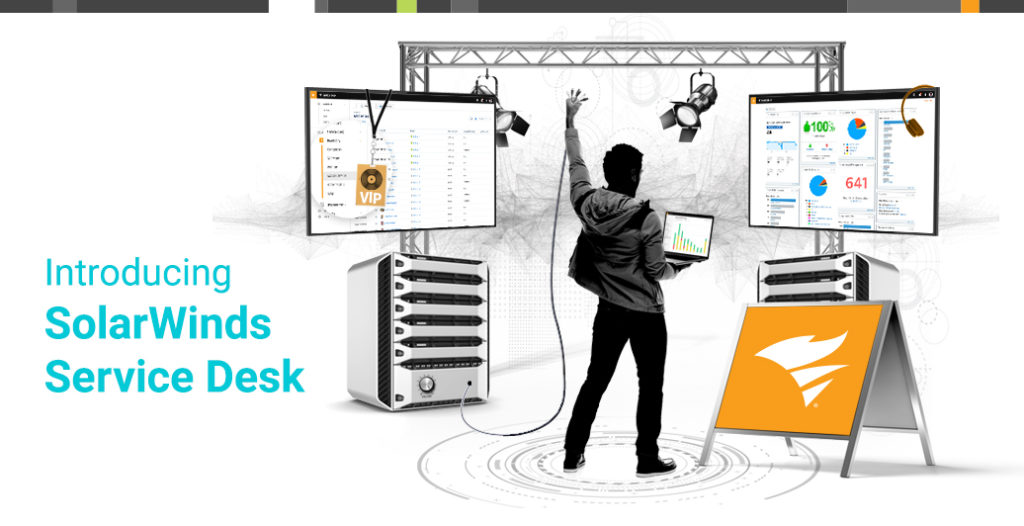As a consumer, you most likely can agree that the overall experience in the buying process is equally, if not more, important than the product or service itself.
Forbes actually says 73% of consumers say a good experience is key in influencing their brand loyalties. A haircut, a fancy meal, or a new pair of shoes were nice, but what if the hairstylist, waiter, or sales associate was rude to you? What if they weren’t attentive and treated you as if you were dispensable to the business? That product may not be as valuable to you anymore, and may even discourage you from returning to the establishment. These are all factors that contribute to a positive customer experience.
IT pros can use this same logic when providing services to employees. Instead of simply establishing
service level agreements (SLAs), think about the experience you aim to deliver. The experience level agreement (XLA) can often be more impactful to your customer than the SLA.
The difference between XLAs and SLAs
SLAs help keep IT pros on track for timely and quality services they provide. But, SLAs often don’t get to the core of service delivery and customer satisfaction (CSAT). IT can satisfy 99% of its SLAs, but if end users have nothing positive to say about their overall experience, the SLA doesn’t hold much weight. SLAs can work alone, but without an XLA, maintaining and improving customer-business relations can be difficult. XLAs add that extra layer of accountability for the service provider and opens the door for customer feedback.
So how are XLAs and SLAs incorporated into the service desk? This can be decided by your team, but one way would be to set a monthly satisfaction goal for the service desk team and each individual team member to reach depending on the amount of services they were tasked. For example, for however many services the tech provided that month, they could aim for 90% satisfaction scores from end users. Keep in mind that XLAs don’t necessarily need to be visible to the customer, but they should be made aware that their feedback is requested and appreciated.
Benefits of XLAs
Now to flip perspectives, it can be very satisfying to get positive feedback from a consumer. As an IT pro, knowing that the customer thinks you went above and beyond to help them, or were very communicative throughout the service goes farther than checking every box on the SLA. Even if the customer’s experience isn’t positive, this creates a great opportunity for IT to fix it. Other benefits of XLAs include:
- Greater visibility into root-cause issues - If more than one customer reports the same issue, IT pros can diagnose it before it becomes a bigger problem.
- Decreasing service desk costs - Once the root of repetitive incidents has been identified, technicians can be proactive instead of reactive, which saves money.
- Increase in customer engagement - Keeping in mind that customer feedback is encouraged, it gives them an opportunity to be vocal about any other experiences they’ve had with the service desk.
How to measure XLAs
Instead of basing XLAs off of the number completed, look at the quality of responses and decide how your team will respond. CSAT surveys are a proven way to get feedback, especially if automated after service completion. These surveys go hand-in-hand with SLAs, and can separate the subpar services from the superior services. There are a lot of options for collecting CSAT data, including single star ratings, thumbs up/thumbs down ratings, simple “yes” or “no” questions, an agreement scale (strongly disagree to strongly agree) or 1-10 scale, or blank fields for them to write responses. They don’t have to be long and drawn out, especially because some customers might not want to spend more than two minutes on a review. You've probably experienced any variety of these questions as a consumer:
- On a scale from 1-10, how satisfied are you with the service received?
- Were all of your needs met and questions answered?
- Was the service completed in a timely manner?
- Is there something you think we can improve upon?
- What score would you give your overall experience out of 10?
But, including thumbs up/thumbs down ratings may be the most efficient method for CSAT surveys. It’s easy for the end user, which increases the quantity of feedback and gives IT clean data to drive improvement.
Once the results are collected, they can be separated into positive, neutral, and negative piles for the service desk team to evaluate. It could even be recommended that IT pros follow up with customers at a later time to ensure their satisfaction. After all, service doesn’t end once it’s been fulfilled. This can be done through email, Slack or Microsoft Teams, or another preferred method.
As IT pros, fulfilling SLAs should be done with the customer in mind. By assessing the results of XLAs, businesses could see more quality relationships with their customers and a boost in engagement.




